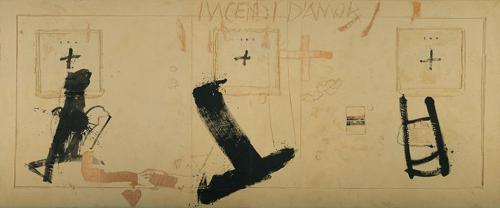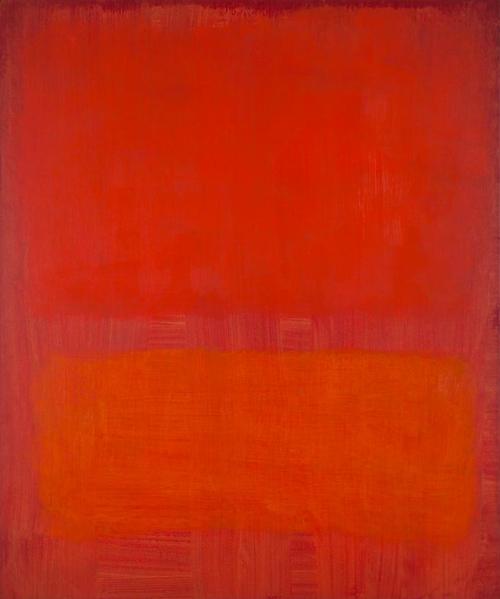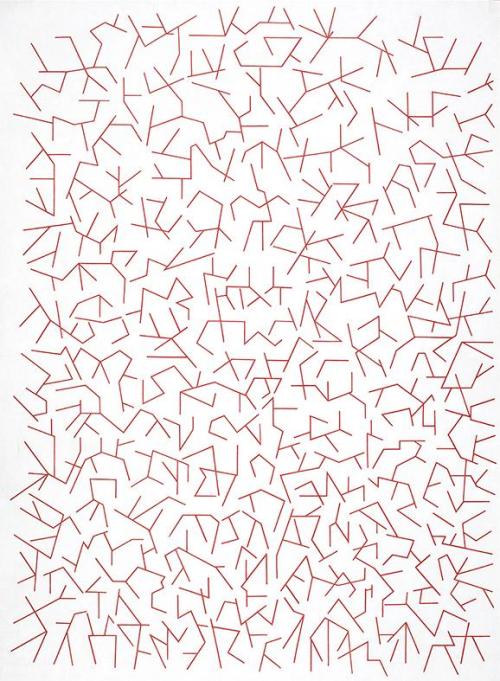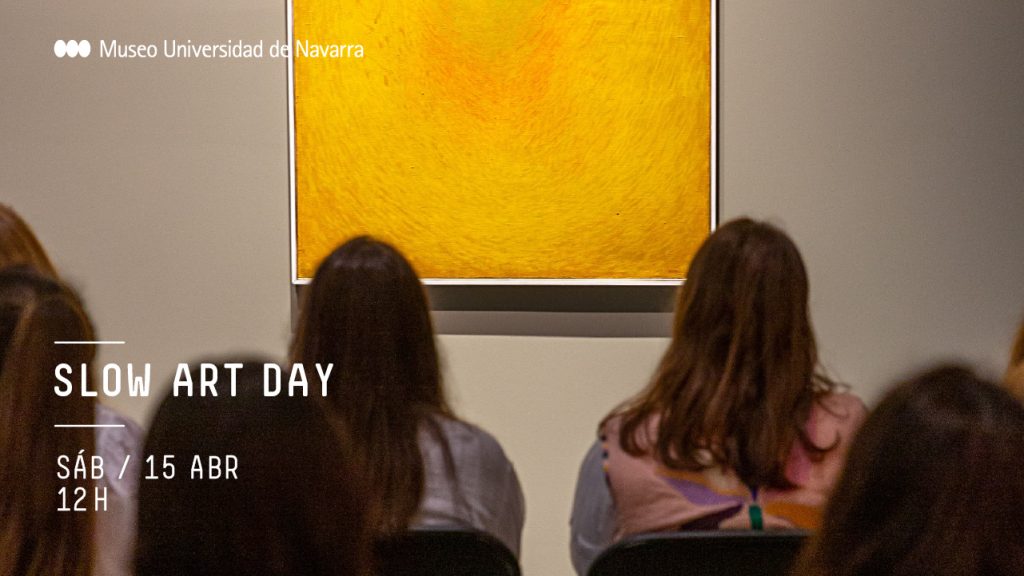Take a short walkabout to meet a Slow Art Day volunteer host from Down Under: Michelle Fracaro, the Program Coordinator in the Learning and Access section of the National Gallery of Australia.
Slow Art Day: Why are you hosting Slow Art Day?
Michelle: This is the National Gallery of Australia’s 3rd Slow Art Day event. We really feel that it is a fantastic program—it gives the public an opportunity to really look at art and then talk about it in their own words.
Slow Art Day: Have you selected your artwork for Slow Art Day yet?
Michelle: Yes! We’re looking at several pieces from artists of many nationalities from different periods. Read the full list on our website.
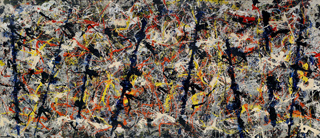
Jackson Pollack’s Blue poles (1952) is one of 7 pieces selectedfor the Slow Art Day 2012 event at the National Gallery of Australia
Slow Art Day: What is your favourite piece of art or one piece that has had a great affect on you?
Michelle: In the permanent collection here at the National Gallery of Australia, my favourite work is Mark Rothko’s 1957 # 20. I just find it so amazingly beautiful, calm, and a bit sad all at once.
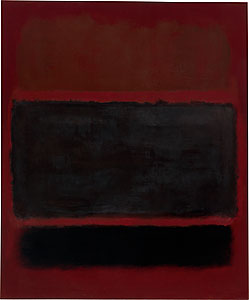
Mark Rothko’s 1957 #20
Slow Art Day: Tell us more about your Slow Art Day event.
Michelle: Many of the programs we do centre on other people—academics, curators or other experts—in their respective fields discussing particular aspects of art. But Slow Art Day allows for everyone to have their own thoughts and ideas on art and to share them with others. We have selected 7 works for participants to look at this year. It’s up to the individual to decide on how many they want to look at in the time allocated, though we do have some common pieces we ask participants to view in order to have common pieces to discuss at lunch.
If you’re in the Canberra area, join Michelle and fellow art appreciators at the National Gallery of Australia on Slow Art Day, this April 28, 2012.
